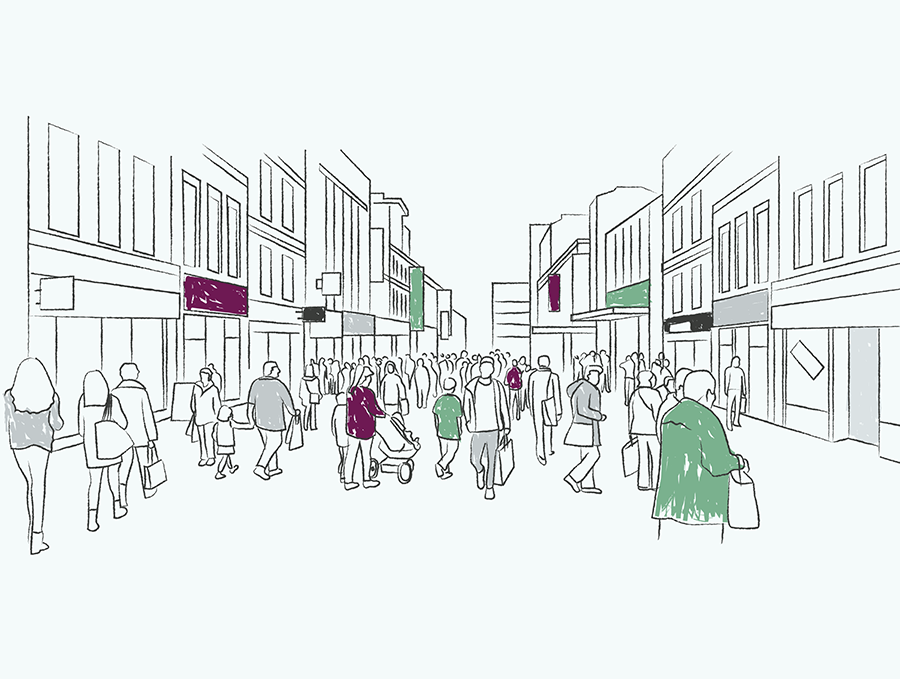 The lockdowns of 2020-1 taught us two key lessons about the state of ecommerce and the likely shape of its future.
The lockdowns of 2020-1 taught us two key lessons about the state of ecommerce and the likely shape of its future.
Firstly, we don’t need shops. Non-food stores shut down, but retail itself endured. Most operators were able to pivot – with admirable speed given the circumstances – to conduct their business online.
Zara customers couldn’t go to Zara stores, so by and large they went to its website instead. Where they couldn’t, they went to Asos. What they didn’t do was go unclothed because their high street had turned into a ghost town.
Second, people still like shopping. Shops aren’t technically necessary for buying things, but they still clearly have their charms, as evidenced by the retreat of ecommerce as a share of total retail sales back to somewhere between its pre-pandemic level and its lockdown highs.
The enthusiastic return to the high street is good news for the urban economy and for our collective wellbeing – there would be a heavy social cost if our cities hollowed out – but you might ask what’s in it for the retailers themselves.
Rents and business rates are expensive. If you could conduct the same amount of business online, at lower cost, why wouldn’t you just go digital-only?
Aside from the aforementioned point that customers like shopping in actual stores – and it’s generally a good idea to give customers what they want – the answer is that physical spaces play a unique role in the multichannel retail ecosystem: they excel at helping customers to discover brands.
The internet has put a world of information a screen’s tap away, but paradoxically this has made it harder in some ways to connect people to the information they want or need – in this case, that there’s a brand you don’t know but might like.
Many new brands in particular can struggle to shout over the noise of digital advertising and social media marketing. Simultaneously, the ‘intelligent algorithms’ behind so many recommendation engines tend to serve us material that we already like, creating echo chambers in advertising just like they do in politics.
Having a store, with a sign and a display in a window, and the ability to welcome people inside to touch or try your products – it may be lo-fi, but in a digital world it’s mighty effective, not only at generating awareness, but also establishing legitimacy and trust.
What this means is that a pureplay digital strategy, while highly successful for many of our fastest growing retailers, isn’t the only route to success. And for those that already invest in physical spaces as part of an omnichannel strategy, it means that they should be mindful of what each of their channels is for.
Increasingly, it’s likely that customers will see high street stores as part of a wider shopping experience, where they can discover brands up close and personal. The smart retailers will adapt their stores accordingly.
















